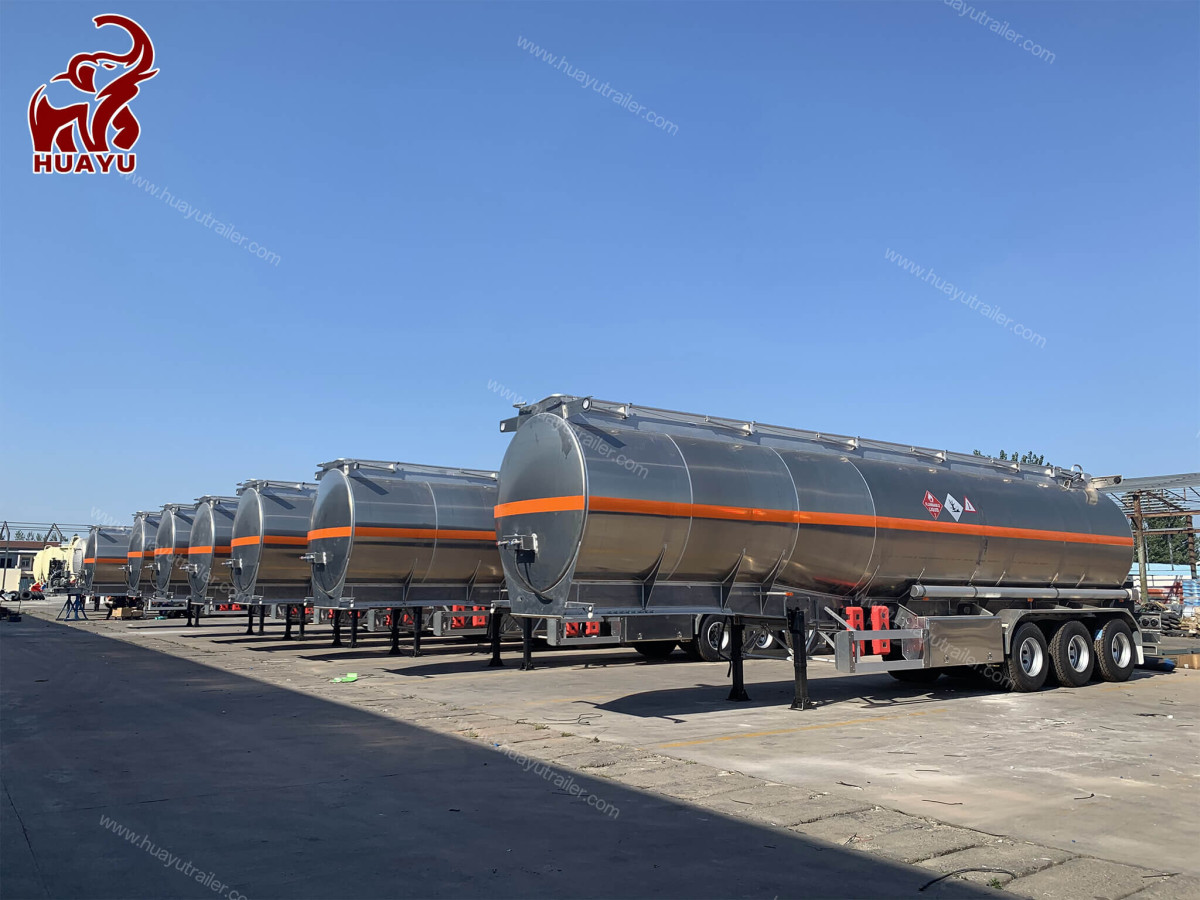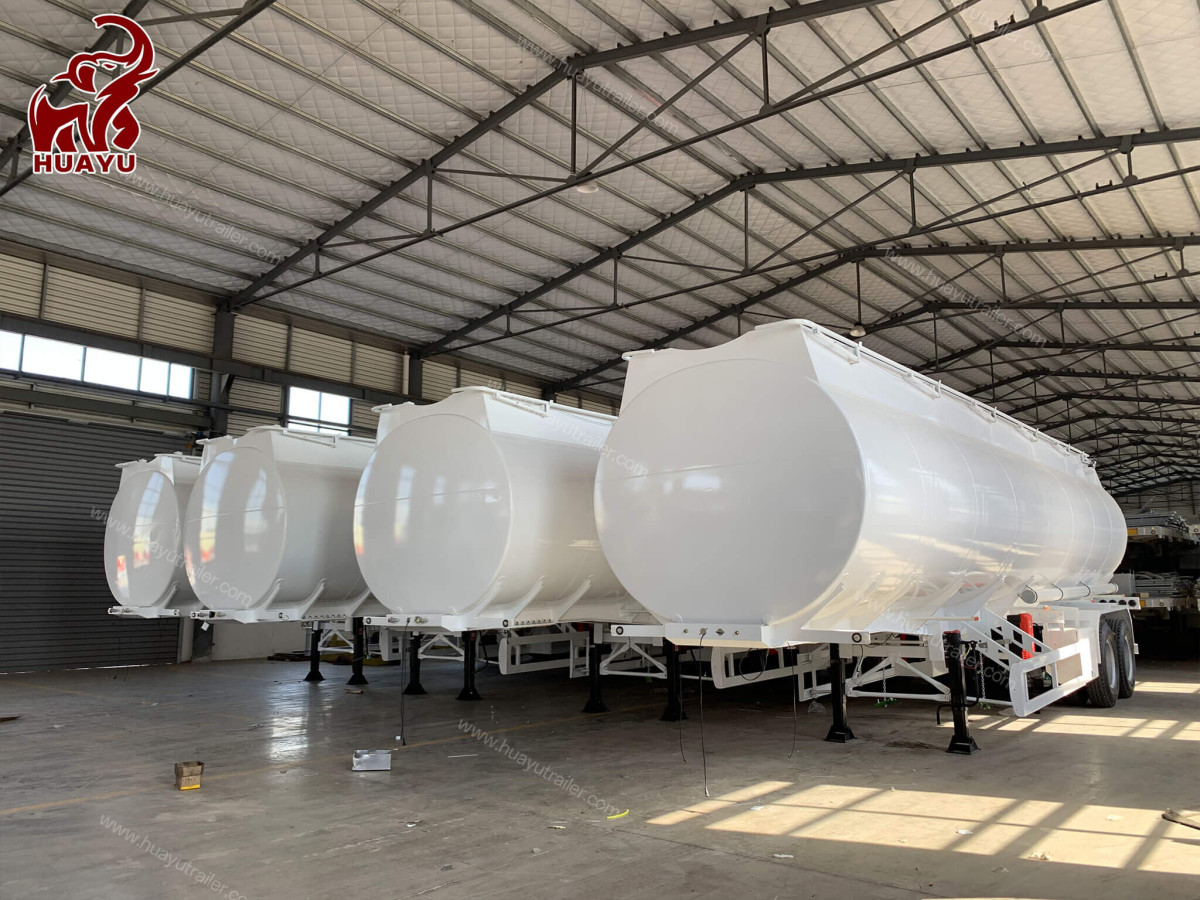As a seasoned buyer in the oil transportation industry for 20 years, our customer is meticulous about the quality of their tank trucks. They have purchased both locally and from China, and they know exactly what they need - a product that is corrosion-resistant, durable, lightweight, and convenient for local road transportation. Therefore, our sales director recommended a 50,000-liter 3-compartment 5182 aluminum alloy tank truck to meet their requirements.
Despite the high sea transportation cost of importing tank semi-trailers, our customer has a large business volume and the capability to import from China. They understand that while the initial price of aluminum alloy tank trucks may be higher, the long-term economic benefits outweigh the production cost.

Why is aluminum alloy more resistant to corrosion?
Aluminum alloy has superior corrosion resistance due to its ability to form a dense protective film of aluminum oxide on its surface when exposed to air. This film effectively shields the alloy from atmospheric and water corrosion, ensuring that the oil being transported remains uncontaminated.
One of the key advantages of aluminum alloy is that it does not require anti-corrosion treatment during its service cycle. This significantly reduces maintenance requirements and extends the lifespan of aluminum alloy tanker trailers, which typically last between 15 to 20 years.
By leveraging its strong anti-corrosion capabilities, aluminum alloy provides a reliable and long-lasting solution for transporting oil without the risk of contamination.

The Chile’s customer requirements can serve as a valuable reference for anyone in need of similar products.
1. European Standard Manhole:
- Installed on the top of the aluminum alloy tanker trailer.
- Uses: Built-in breathing valve, oil and gas recovery valve, oil metering hole, anti-overflow sensor, etc.
- When the oil volume reaches the alarm limit, the sensor will automatically alarm and stop filling.
- The built-in breathing valve ensures stable internal tank pressure during transportation.
2. Oil and Gas Vapor Recovery System:
- Generally installed on the left side of the pipeline outlet or on the trailer of the aluminum alloy tanker trailer.
- Uses: The oil and gas recovery steam valve recovers all steam generated during oil loading and unloading, preventing oil and gas leakage.
3. Front Disc Brake and Rear Drum Brake:
- Ensures effective braking in emergencies.
- The front wheels rely on a two-piece cast iron and disc brake system, while the rear wheels are braked by the expansion of the brake pads.
- Automatically opens and releases pressure when the internal pressure rises rapidly, improving the safety of oil transportation.
4. Bottom Oil Valve:
- Generally installed below the aluminum alloy tanker trailer.
- Application: Bottom outlet valve, also known as an oil drain valve, for quick oil drainage.
- Conforms to the American APRp1004 standard for easy connection with the unloading hose.
- Hydrodynamically designed internal structure minimizes internal pressure at high flow rates.
- Flat bottom structure ensures safe and reliable disassembly without oil leakage.
5. Subsea Valve:
- Generally installed at the oil outlet of the aluminum alloy tanker trailer.
- Uses: Cuts off the oil pipeline within 5 seconds when stimulated by unbalanced external force.
- Ensures the safety of liquid transportation, preventing leakage, fire, and explosion.
- Protects the safety of drivers, goods, property, and lives outside.
6. Anti-Overflow Electronic Sensor:
- Generally installed next to the entrance of the aluminum alloy tanker trailer.
- Application: Widely used in liquid filling of various sealed tankers.
- Early warning system to prevent liquid spills and leaks.
- Usually installed on the manhole cover on the top of the tanker.
- When the fuel volume reaches the warning line, the sensor will automatically alarm and stop filling.
HUAYU Vehicle sincerely welcomes friends from all over the world to discuss cooperation!
Feedback
Get Price & Details Now!






